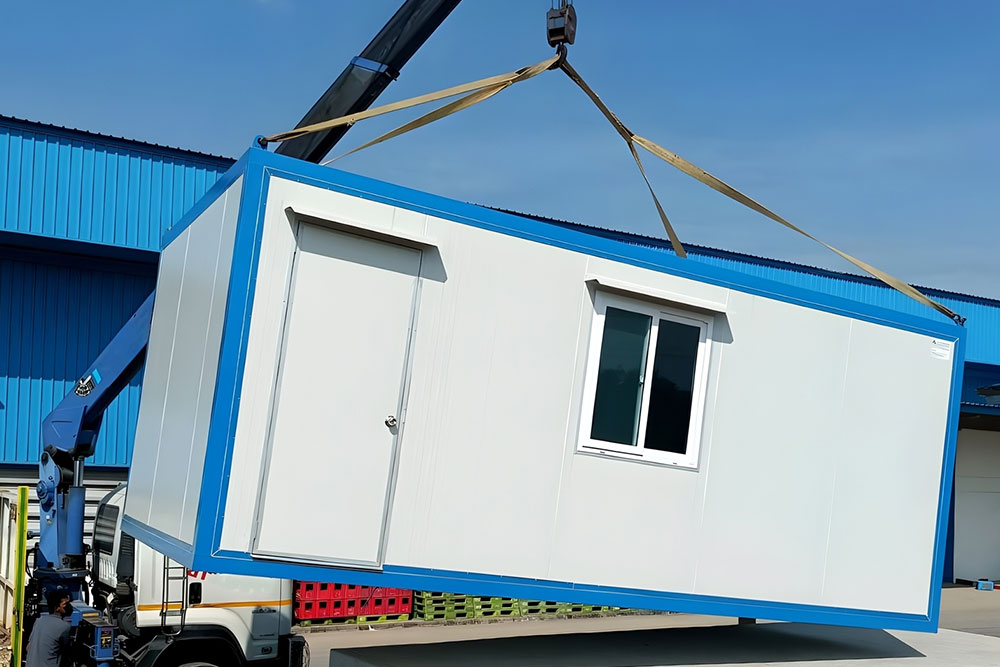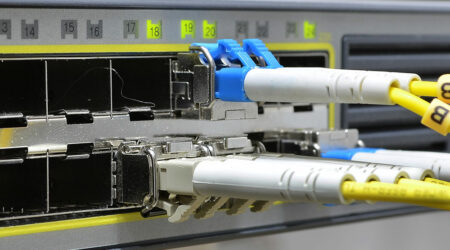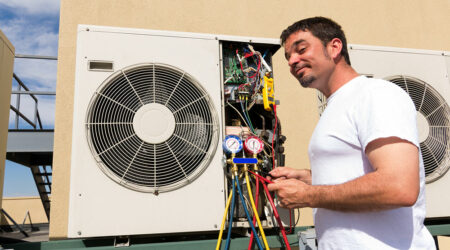
Prefabricated steel structures – Benefits and applications
Prefabricated steel structures are also known as pre-engineered buildings or prefabs. The design of these structures is determined beforehand, and their various parts are manufactured at a factory. These parts are then transported to the building site, where they are assembled, and the building structure is installed directly. The popularity of prefabricated steel structures can be credited to the convenience of transportation and installation and the low cost associated with manufacturing.
Benefits
- Customizable
In the industrial construction sector, prefabricated steel structures provide manufacturers with a high level of customization. This makes it possible to create tailor-made structures that meet aesthetic, reliability, and functionality needs. So whether it’s an automobile factory or a warehouse, a pre-engineered structure can be designed based on the intended use. - Durable
Prefabs are known to be stronger and more durable than traditional structures. The high-quality, noncorrosive steel used in these structures makes them appealing and popular for many industries. The pre-engineered structures can withstand some of the harshest environmental conditions and weather elements, including snow, storms, and heavy rains. Besides this, pre-engineered steel structures are known to be non-combustible, significantly lowering the risk of fire damage. - Sustainable and eco-friendly
Since steel is easily recyclable, the material used in prefabs is reused and repurposed. As a result, less waste is generated during the manufacture of prefabricated steel structures. Moreover, whenever a pre-engineered steel building reaches its end of life, it can be easily dismantled and reused for other purposes instead of going to the landfill. Besides this, there are low energy bills involved since these structures are energy efficient. - Low maintenance
Unlike wood exteriors, prefabricated steel structures do not require frequent upkeep, such as regular varnishing and painting. Besides, there is no risk of damage from rodents, termites, and other pests. Steel is also inorganic, making it resistant to fungal growth, mildew, and mold. Moreover, steel does not tend to rot, split, warp, creep, or twist over time. Due to these reasons, steel structures demand low maintenance, saving a considerable amount of money and resources.
Key applications
- Industrial buildings
Prefabs are highly durable, making them ideal for industrial buildings. Such structures must withstand harsh conditions and heavy loads most of the time. Besides this, the steel structures can be easily modified to accommodate large machinery and equipment, which is necessary for an industrial building to function smoothly. Prefabricated steel structures have several applications in the construction of manufacturing plants, warehouses, and distribution centers. - Commercial and retail buildings
Due to steel’s resistance to pests and weather elements, buildings made from this material usually have lower insurance premiums. Moreover, maintenance costs are low for these structures. These factors make prefabricated steel structures a good choice for designing commercial and retail buildings. Also, the ability to customize the structure and the low cost involved in construction benefit most businesses. - Recreational buildings
Prefabricated steel structures can be easily customized to accommodate open and large spaces, making them suitable for the construction of recreational buildings. These include community centers, sports facilities, and gymnasiums. Besides, the quick turnaround time to make these buildings using prefabricated structures makes them quite appealing for businesses that are into recreational buildings. - Agricultural buildings
Prefabs are generally used to make barns, animal shelters, and storage sheds. Their durability and ability to withstand harsh weather conditions make them suitable for protecting agricultural equipment and livestock. In addition, they are easy to assemble and don’t require regular maintenance, which makes them cost-effective.
Innovation
Over the last few years, the construction of prefabricated steel structures has witnessed many innovations. These advancements have played a key role in improving their efficiency and sustainability.
- Renewables
Many manufacturers are emphasizing energy-efficient designs and sustainable building practices when it comes to prefabricated steel structures. As a result, there has been an increase in the use of renewable energy sources like solar panels and wind turbines, which are especially used in commercial buildings. - Energy-efficient roofs
Roofs are one of the mainstays of prefabricated steel structures. So, a number of manufacturers have started using innovative cool roofs. They reflect solar radiation, ensuring better temperature control. This way, the structure becomes more energy efficient, lowering utility bills. - Insulation materials
Significant innovations have been made in the insulation materials used in prefabricated steel structures. Because of this, there is potential for a great improvement in the thermal performance of buildings installed using these structures. Besides, insulation tends to save a higher level of energy compared to how much it takes to produce the materials, so the long-term costs are significantly lower.
Challenges
While prefabs offer many advantages, they also present certain challenges. One of the most common issues is the poor breathability of the structure made from prefabricated steel. This happens because steel is a non-porous material that does not allow air to pass through easily. Another challenge is the difficulty of expanding the structures. Since the structures are pre-built based on requirements, it becomes impossible to modify them later.




